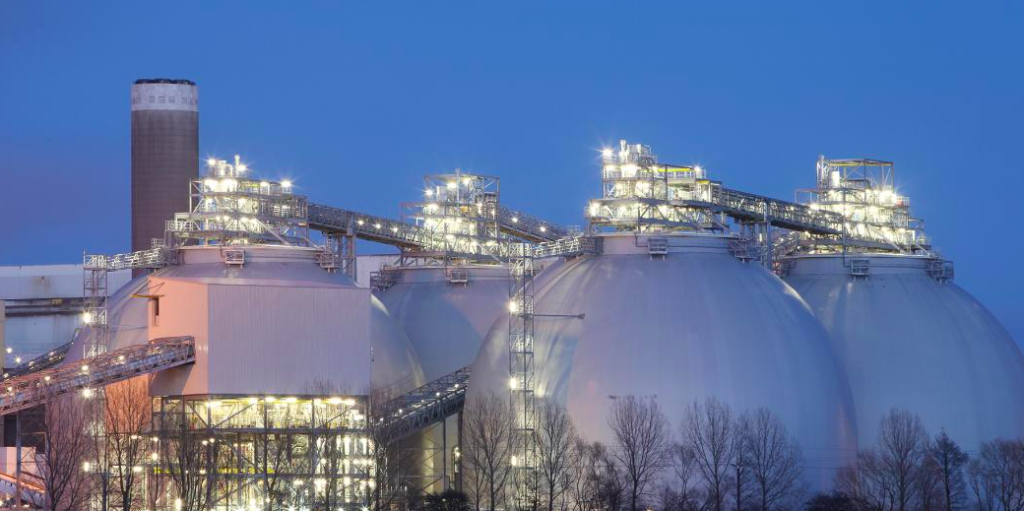
The move to clean energy keeps going strong at the state and local level, with several announcing their intention to move to clean energy and do it by at least 2050.
- NPR reported that New Mexico recently joined California and Hawaii in requiring that the state’s publicly regulated utilities get all of their electricity from carbon-free sources like solar and wind by 2045, despite the fact that it is a state rich in fossil fuels. Interestingly, the state also recently reported that New Mexico produced a record 246 million barrels of oil last year — most of it came from federal lands and was exported.
- And without a state law mandate, the Idaho Power Company last week announced its intention to provide 100% clean energy by 2045, and at the same time announced a landmark agreement to buy up to 120 megawatts (MW) of solar power, according to Inside Climate News.
- Idaho Power has long been progressive on fossil fuels — “it has reduced its carbon emissions intensity — measured in pounds of carbon dioxide (CO2) per megawatt-hour — by almost 50 percent since 2005.” In addition, the company has recently stopped purchasing power from two coal plants and is exploring exiting its last one.
- Similarly, Puerto Rico’s legislature passed an ambitious plan last week to go to 20 percent renewable energy by 2022, 40 percent by 2025, and 100% by 2050. Prior to the hurricane, only 2% of the island’s energy came from renewable sources.
- The Governor of Maine recently reversed a moratorium on building wind farms in the state that was imposed by the prior Governor.
But at the federal level, the only thing that has significant bi-partisan support is funding for research for carbon capture technologies which remove emissions at the source. In a letter to Congressional appropriators, 12 Senators (4 Republicans and 8 Democrats) urged the highest funding levels possible be provided to the Department of Energy for the development of these new technologies. They argue that carbon capture utilization and storage technology “will spur economic development and ensure energy security while protecting the environment from carbon dioxide emissions and maintaining global leadership role in research and development.” The White House “agrees” but has cut funding for these programs in its budget from $200m to $69M. McClatchy DC reports that now coal companies are willing to go along with this requirement and the President’s energy policy includes carbon capture technology development. This may be because many Republicans are clamoring for climate change policy that provides an alternative to the Green New Deal.
Why This Matters: The leadership being shown by states is to be commended and encouraged. The Federal government is falling farther and farther behind when it comes to clean energy, and no amount of lip service and funding for carbon capture by a bipartisan group will make up for the time we are losing on making real progress toward carbon neutrality in the U.S. And the Trump Administration has proposed to slash clean energy funding AGAIN in its 2020 budget — which hopefully Congress will restore, as they have in years past. That this is controversial at all is absurd — clean energy is supported by the vast majority of Americans. This is why so many believe we need a Green New Deal — our lack of progress makes a national commitment to clean energy more urgent every day,

The UK’s Drax power station which is testing carbon capture and storage now. Photo: Drax Power, via CNN
April 8, 2019 » carbon capture, clean energy, Idaho Power, power plant, Puerto Rico


